Content Inventory
What is Content Inventory?
Content inventory is a comprehensive list of all the content a company has. This includes blog posts, articles, videos, infographics, social media posts, e-books, whitepapers, and any other type of content. The inventory typically includes details such as the title, author, publication date, URL, content type, and performance metrics. A content inventory helps in organizing and managing content assets effectively.
Why is Content Inventory Important?
Content inventory is important because it provides a clear overview of all your content assets. It helps identify what content exists, what needs updating, and where there are gaps that need to be filled. A well-maintained content inventory allows for better content management, ensuring that content is consistent, up-to-date, and aligned with your marketing strategy.
Conducting a content inventory also supports content audits and optimization efforts. By analyzing the inventory, you can identify high-performing content, underperforming content, and opportunities for repurposing or improving existing content. This process enhances the overall quality and effectiveness of your content strategy.
Best Practices for Creating and Managing a Content Inventory
1. Define Your Objectives
Clearly define the purpose and objectives of your content inventory. Determine what information you need to collect and how it will be used. This helps in creating a focused and relevant inventory that supports your content strategy.
2. Gather All Content Assets
Collect all your content assets, including blog posts, articles, videos, infographics, social media posts, and more. Ensure that you include content from all platforms and channels where your brand has a presence.
3. Use a Spreadsheet or Database
Use a spreadsheet or database to organize your content inventory. Tools like Excel, Google Sheets, or specialized content management software can help you track and manage your content effectively. Include columns for key details such as title, author, date, URL, content type, and performance metrics.
4. Categorize Content
Categorize your content based on type, topic, format, and target audience. This makes it easier to filter and analyze your inventory. Categories can include blog posts, videos, case studies, e-books, social media posts, etc.
5. Track Performance Metrics
Include performance metrics such as page views, engagement rates, social shares, conversion rates, and SEO rankings. Tracking these metrics helps you assess the effectiveness of your content and identify areas for improvement.
6. Regularly Update the Inventory
Keep your content inventory up-to-date by adding new content and updating existing entries regularly. Schedule periodic reviews to ensure that all information is current and accurate. Regular updates help maintain the relevance and usefulness of the inventory.
7. Identify Content Gaps
Analyze your content inventory to identify gaps in your content strategy. Look for missing topics, outdated content, and opportunities for new content creation. Filling these gaps ensures that your content strategy is comprehensive and aligned with audience needs.
8. Optimize Existing Content
Use the inventory to identify underperforming content that can be optimized. Update outdated information, improve SEO, add new insights, and enhance the overall quality. Optimizing existing content can boost its performance and extend its lifespan.
9. Repurpose Content
Identify high-performing content that can be repurposed into different formats or platforms. For example, turn a popular blog post into a video or infographic. Repurposing content helps maximize its value and reach new audiences.
10. Share with Your Team
Make the content inventory accessible to your team members. Sharing the inventory promotes collaboration and ensures that everyone is aware of existing content assets. This can prevent duplication of efforts and enhance overall content management.
By following these best practices, you can create and maintain a comprehensive content inventory that supports effective content management, optimization, and strategic planning.
For more terms, return to the content marketing glossary and freelance writing glossary.

